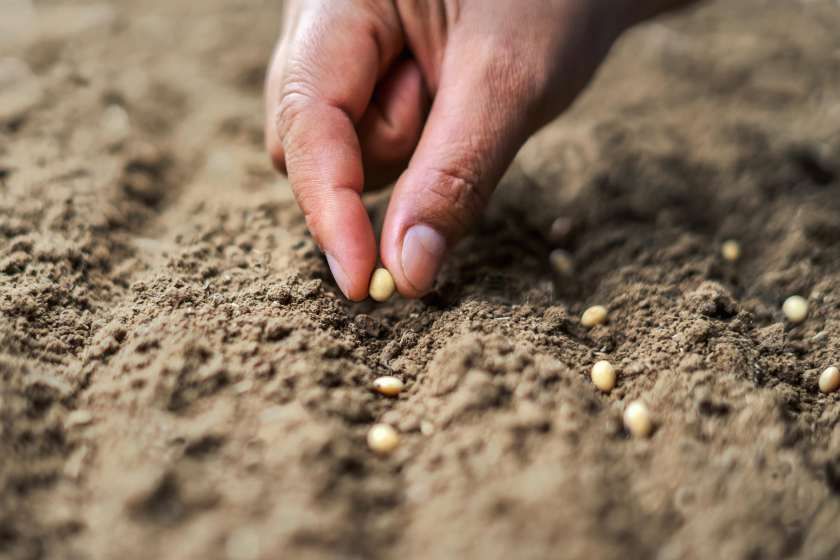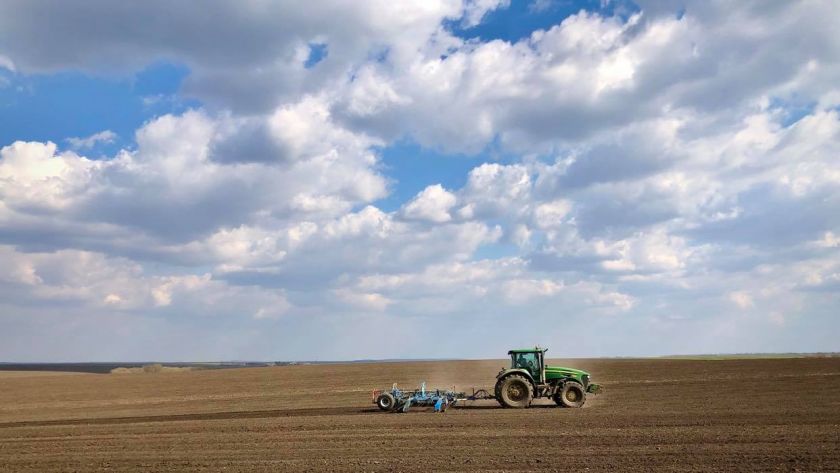CALCULATING THE SEEDING RATE CORRECTLY
In the crop industry, perhaps the most important sign of successful farming is getting a high yield at a reasonable cost. However, the potential of each variety or hybrid is fully realized only under the right conditions of sowing and cultivation.

Fertilizing and protecting crops from weeds, pests, and diseases are just the tip of the iceberg. A fundamental factor in growing crops is in compliance with the optimal seeding rate.
HOW TO CALCULATE THE OPTIMAL SEEDING RATE
Usually, seed producers, looking at the previous researches, make recommendations for each hybrid or variety about the optimum density at the time of harvest, at which maximum yield can be obtained.
It should be recalled that the recommended plant density is determined by:
- in thousand pieces/ha (corn, sorghum, sunflower, soybean);
- in million pieces/ha (cereals, peas, flax, etc.).
How to determine the optimal sowing density per hectare? For correct calculation, the following factors should be considered:
- laboratory germination of seeds;
- sowing suitability;
- width of one spacing;
- recommended plant density at harvest time.
Small-seed crops (but not vegetables!) are usually sown in view of the mass of thousands of seeds, laboratory germination, and sowing capacity since it is simply impossible to calculate the number of seeds per linear meter.
For other crops, seeding rates are calculated using simple formulas.
- First, we determine the coefficients required for the calculation.
For plants which seeding rates are measured in million units/ha, the coefficients are determined as follows:
1 ha / row spacing in cm = factor required for calculation. For example, for spiked cereals: 1ha / 12.5 cm = 0.08.
For plants which sowing rates are measured in thousands of units/ha, the coefficients are calculated as follows:
1 ha / per row spacing in cm * 1000 = factor required for calculation.
For example, for sugar beet: 1 ha / 45 cm * 1000 = 22.2.
- Now you need to calculate sowing suitability (SS):
SS in% = purity (basic culture seeds,%) * laboratory similarity (%) / 100.
- Finally, determine the actual seeding rate (SR) per 1 ha:
SR, thousand pieces/ha = manufacturer's recommended density at harvest, thousand pieces/ha * 100 / sowing capacity in%
- To find out how many seeds are needed per 1 meter, divide the seeding rate by the coefficient obtained above for the calculation.
Now you know how to properly determine the seeding rate for the needed crop.
Схожі статті по темі:




